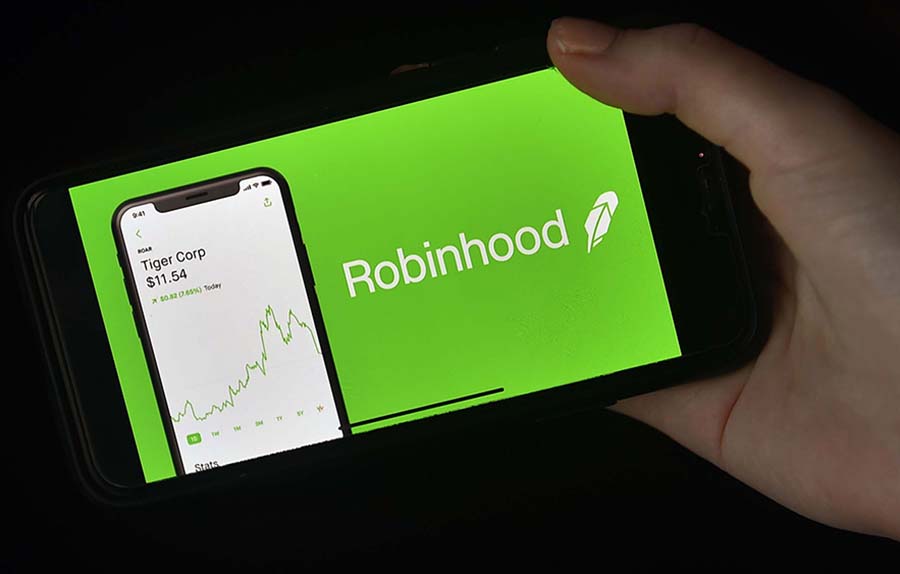Robinhood Markets Inc., a commission-free stock trading and investment service, has recently made headlines for both good and bad reasons. While the software has helped many investors learn about financial markets for the first time, it has also been a source of controversy.
Nairametrics reported that last week Robinhood Markets Inc. filed for an initial public offering, revealing that it became profitable last year only to have its losses soar in the first quarter. Robinhood has also faced lawsuits for its multiple days of outages during times when trading volume was heavy during the pandemic.
Robinhood Markets Inc. also introduced a new platform that will allow individual investors to acquire shares in initial public offers (IPOs), something that has previously only been available to Wall Street institutions.
READ: Ahead of Robinhood’s debut, here are a few things to keep in mind
According to its most recent regulatory filing, the online brokerage is reserving 20% to 35% of shares to be sold in an initial public offering for its customers. While the specific price per share and the number of shares available are unknown, experts advise approaching any IPO with care.
Here are some things to keep in mind as the firm prepares to go public.
How Robinhood makes money?
The objective of Robinhood is to “democratize finance for all.” Robinhood has stood out among its financial peers and defied the typical money-making method of brokerage services since its inception. Robinhood was able to cut the barriers to entry into financial markets and attract many first-time investors by eliminating commissions and allowing users to purchase and sell stocks for free.
Although Robinhood doesn’t collect any trading fees upfront, it doesn’t imply it isn’t profitable. The majority of Robinhood’s earnings comes from a method called payment for order flow. This implies that when Robinhood customers place trading orders on securities like stocks, options, or cryptocurrency, those orders are routed to other firms to be fulfilled. These other firms referred to as “market makers” in Robinhood’s S-1, then reimburse Robinhood for the transactions based on a variety of factors such as order size and security type.
READ: Robinhood allows retail investors access to IPO shares in a bid to democratize finance
How fast is Robinhood growing?
Robinhood has had tremendous financial growth over the previous 12 months. Individual investors put an unprecedented amount of money into the market, fueled by government stimulus and lockdowns during the epidemic. This means more transactions for Robinhood.
Robinhood generated $522 million in revenue in the first quarter of 2021 alone, up 309% from the year before, thanks to a doubling in monthly active users. While that expansion is impressive, it did come at a price.
Robinhood was obliged to raise more than $3 billion in convertible notes to assist cover the costs associated with the increasing transaction volume, which was fueled in part by the GameStop (NYSE: GME) mania in March. The company’s first-quarter operational expenditures increased by 158 percent year over year.
Risks that are worth investors consideration
Although the company’s spectacular growth is certainly exciting, there are some major concerns that investors should be aware of.
After receiving a $70 million slap on the wrist from the Financial Industry Regulatory Authority (FINRA), Robinhood Markets Inc. took a huge step toward its $40 billion IPO, but it still faces a mountain of litigation and substantial federal and state challenges to its basic business model.
Aside from the legal ramifications, Dogecoin transactions accounted for about 6% of Robinhood’s entire first-quarter income. While the virtues and value of Dogecoin are hotly contested, a drop in the cryptocurrency’s popularity may result in a substantial drop in transaction volume, and therefore a significant drop in income for Robinhood.
Outlook
Though it’s possible that Robinhood may continue to expand and become extremely successful in the future, the dangers could result in large investment losses, which is enough for a strategic distance. Hence, Nairametrics cautions careful participation in view of the drawbacks associated with the IPO.
